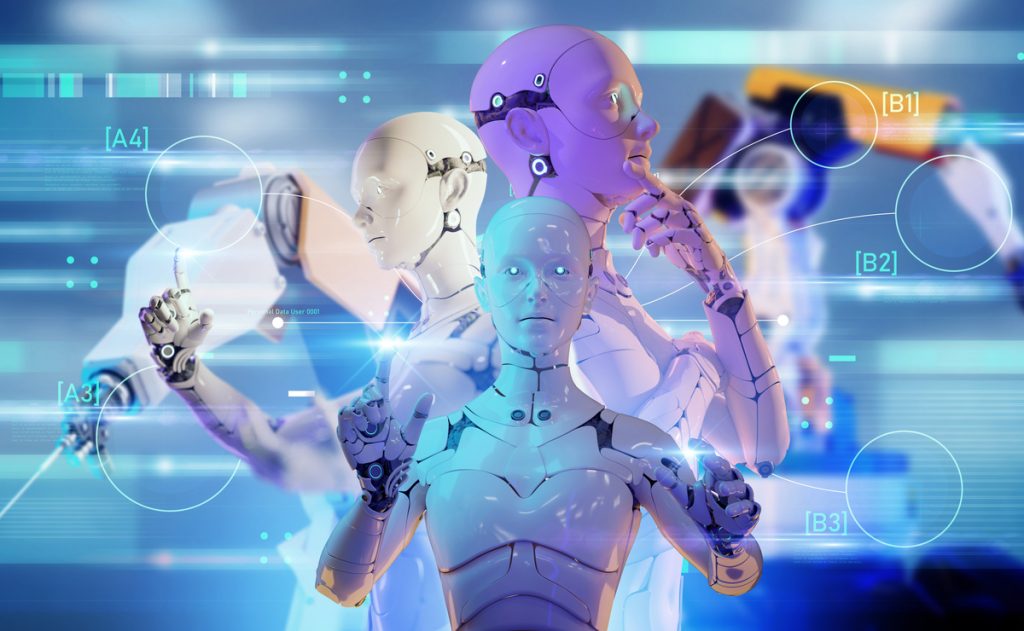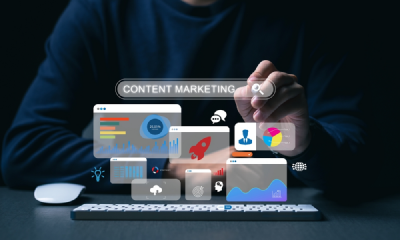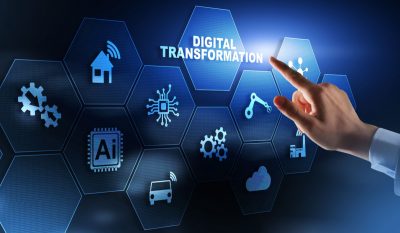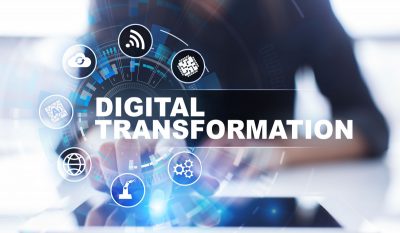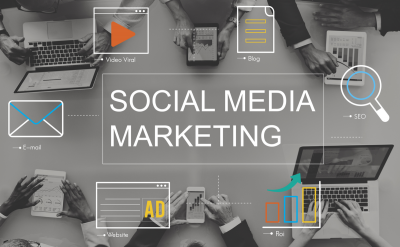In the present era, digitization has set a new paradigm where industries are becoming more sophisticated with every passing day. Staying always on top is getting a little tougher and more challenging due to rapidly developing and changing technologies such as Artificial Intelligence (AI) IoT, robots, automation, sensors, and advanced analytics. Perse, the manufacturing industry is seeing drastic change as it aspires to become fully automated to save on costs. Concerns raised about the elimination of human jobs are not unfounded.
Keeping deployment challenges aside, can digital technologies take complete control over the manufacturing assembly lines in factories going forward? Or will the future bring a fundamental change in approach where ‘human touch’ and ‘craftsmanship’ will go hand-in-hand?
Let’s shed some light on what future beholds the manufacturing industry and look at the role of humans in shaping the next industrial revolution.
Flashback
Before we get into the debate whether digitalization will robotize manufacturing or not and examine whether it is good or bad for the industry, let us take a look at past industrial revolutions that may help us understand the manufacturing industry better and where it is headed.
As we all know, the first three industrial revolutions took hundreds of years to supersede, and the fourth industrial revolution only became a term only in 2011. Till this time, we are pretty accustomed to terms such as digitalization, spearheaded by technologies such as IoT, blend of AI and Big Data, and cognitive computing – and we developed the conceptual frameworks to help us use technology. Industry 4 is often referred to as the “information revolution” as it introduced the concept of digitalization and integrated it into manufacturing.
With Industry 4.0 being at its full speed, it’s very much obvious that it will be inevitably succeeded by Industry 5.0. It’s often believed that the emergence of new technologies will make functions outdated and that more automation may lead to the development of technical standards and, thus, less intervention by humans.
But Industry 5.0 beholds the complete integration of the human touch of business and intelligent systems. The blend of humans and machines will combine the accuracy of full automation with business leaders’ critical and cognitive skills.
What is Industry 5.0?
Industry 5.0 is also known as the fifth industrial revolution and is developed to fulfil the demand for personalized and mass customized products for consumers. In short, Industry 5.0 will add a personal human touch to the two key pillars of Industry 4.0, efficiency and automation. It refers to people working alongside technologies, robots, and smart machines. This personal touch is the major element since technology will never completely replace the human workforce.
This does not mean that we should undervalue all that AI offers. Instead, we should move the conversation towards making this work the best for us.
Why the need for a human-touch revolution?
The concept of humans and machines working in tandem can be possible when we break the manufacturing assembly line into two sections –
1. Taking the help of robots for repetitive and labor-intensive work.
2. Taking the help of humans for personalization and thinking radically out of the square.
Japan describes Industry 5.0 as ‘Society 5.0 ’ a ‘human touch’ revolution: “A human-centered society that balances economic advancement with the resolution of social problems by a system that highly integrates cyberspace and physical space.” The trend envisions a forward-looking society without information stagnation.
Intriguingly, when we concentrate on the design principles and objectives of Industry 5.0, a more internalized perspective is taken. A few integral aspects are as follows –
- Circling between cognitive bias and automation bias – Data is present everywhere but needs a specific aspect of the judgment that should be leveraged to bias that occurs.
- Interconnected empowerment as the norm: Attention is now being paid to a machine/human cooperation that outstrips purely manufacturing pipelines and seeps down to the minor teams and business units.
- Cognitive support – Enhanced decentralized decision-making through technical assistance that is not caused by reducing headcount. Over-automation is a well-documented threat that creates even more complex problems to solve.
As per Frost and amp; Sullivan, “Industry 5.0 is a model of the next level of industrialization characterized by the return of manpower to factories, distributed production, intelligent supply chains, and hyper customization, all aimed to deliver a tailored customer experience time after time.”
Fifth industrial technologies
As per the European Commission, and under its technological framework, there are six major categories for fomenting Industry 5.0 –
- Technologies for autonomy, efficiency, storage, and renewables.
- Individualized human-machine interaction.
- Bio-inspired technologies.
- Digital twins and simulation.
The above-mentioned technological framework must work in tandem to advance the goals of Industry 5.0.
Robots Industry 5.0 = a new development in robotics and production
Industry 5.0 is all about giving human operatives the advantages of robots, such as heavy-lifting capabilities and technical precision. As against Industry 4.0, where the work between humans and robots was delineated, Industry 5.0 promises to take humans and robots together so that they start working side-by-side and even together. These types of robots are called Collaborative Robots (Cobots). Cobots can change the relationship between machines and man in the context of production. Cobots let humans and robots work collectively on similar tasks. For instance, a robot can do rough polishing of speaker cabs, whereas a human can refine the work and do a quality check on the spot.
The benefit of a fifth industrial revolution comprises a high potential for customization that will allow for more significant job creation. Also, it will focus on highly skilled people and robots working side-by-side to develop individualized products from cars to smartphones for consumers.
Collaborative Robots and Industry 5.0 showcase a new age in robotics and production.
Did it sound somewhat familiar? Try to guess…let me help you…isn’t this the plot of the Will Smith movie where robots try to take over the US? Is it a good idea to put more responsibility in their mechanical hands? Just like Smith’s character in the movie, many people don’t trust robots and worry that they will eliminate the requirement for workers in the factories after Industry 4.0. luckily, this is not the situation in real life. In fact, robots will increase the value of laborers and will offer better jobs for them in the era of Industry 5.0.
Takeaway
Considering humans and machines as two sides of the same coin will greatly impact the modern digital world. Robots are a resilient and multi-functional tool, whether used to dive deep below the surface to retrieve archaeologically valuable treasures or to be sent into exclusion zones to decommission nuclear waste.
Unlike how science-fiction movies portray the future, digitalization will not make humans in industrial production obsolete. Instead, it would combine intelligent automation, systems, and devices at the workplace to advance cooperation between machines and humans. It would assist highly skilled workers in guiding smart machines and robots and working faster alongside cobots.
Industry 5.0 will solve the necessity for personalization and mass customization of products for consumers.
For more such content download our latest whitepapers on Digital and Digital solutions.




